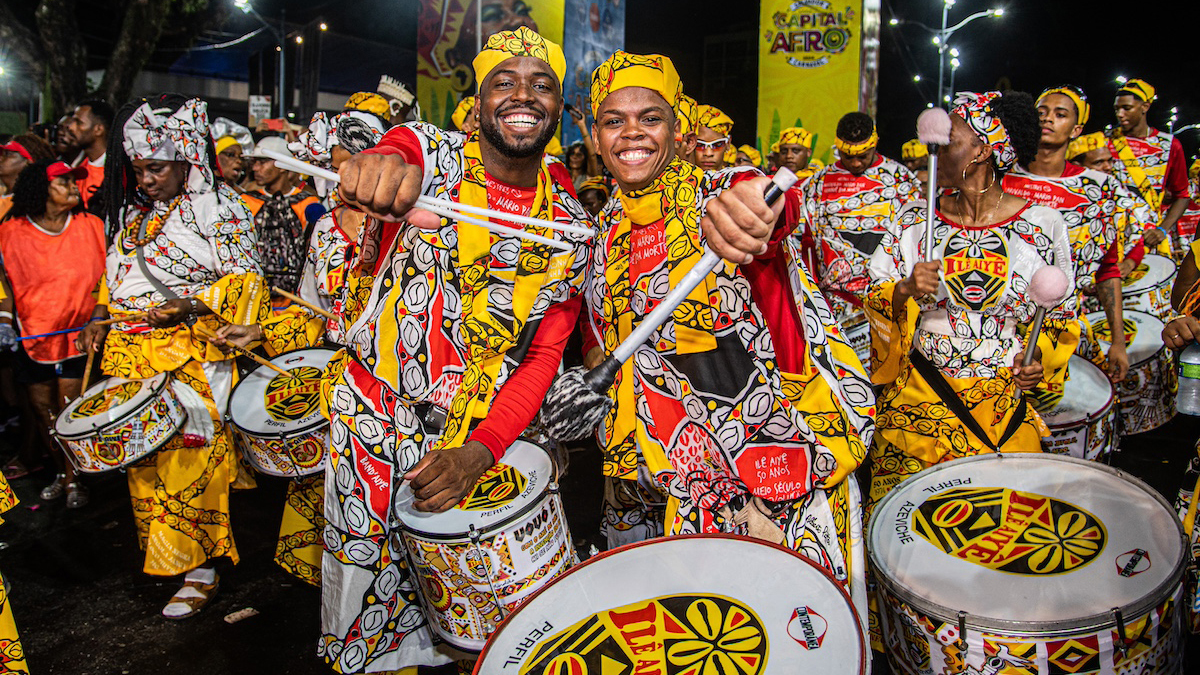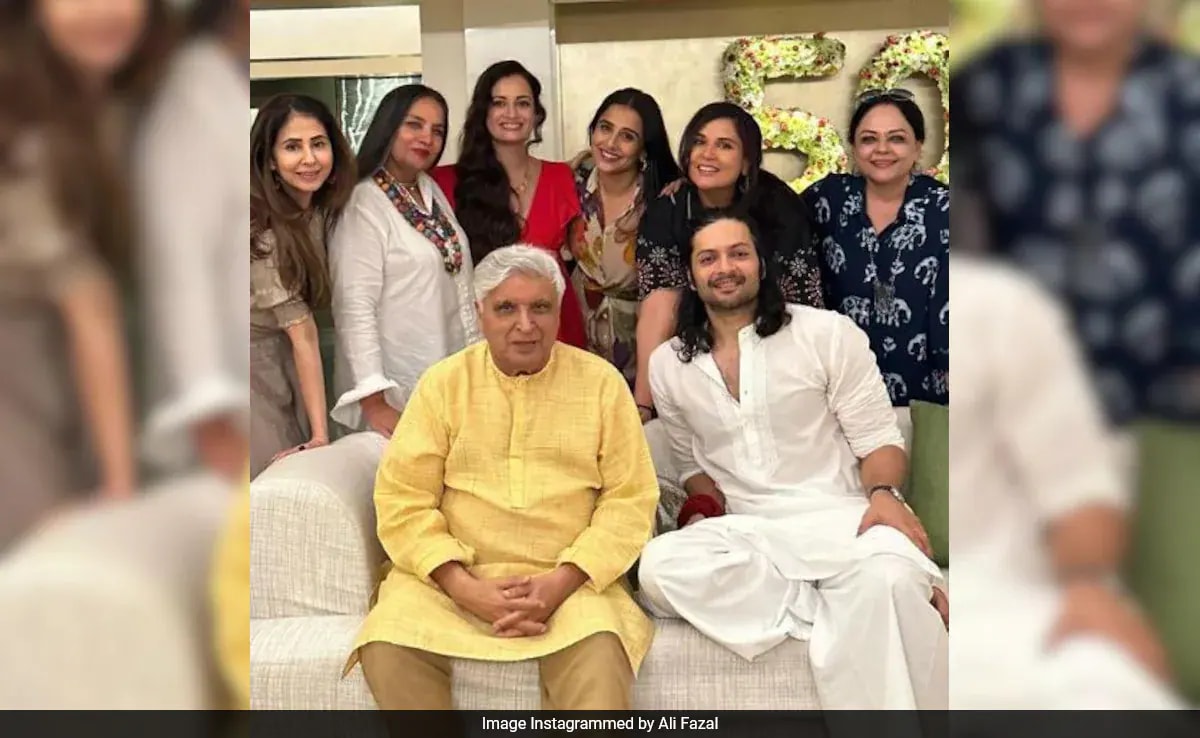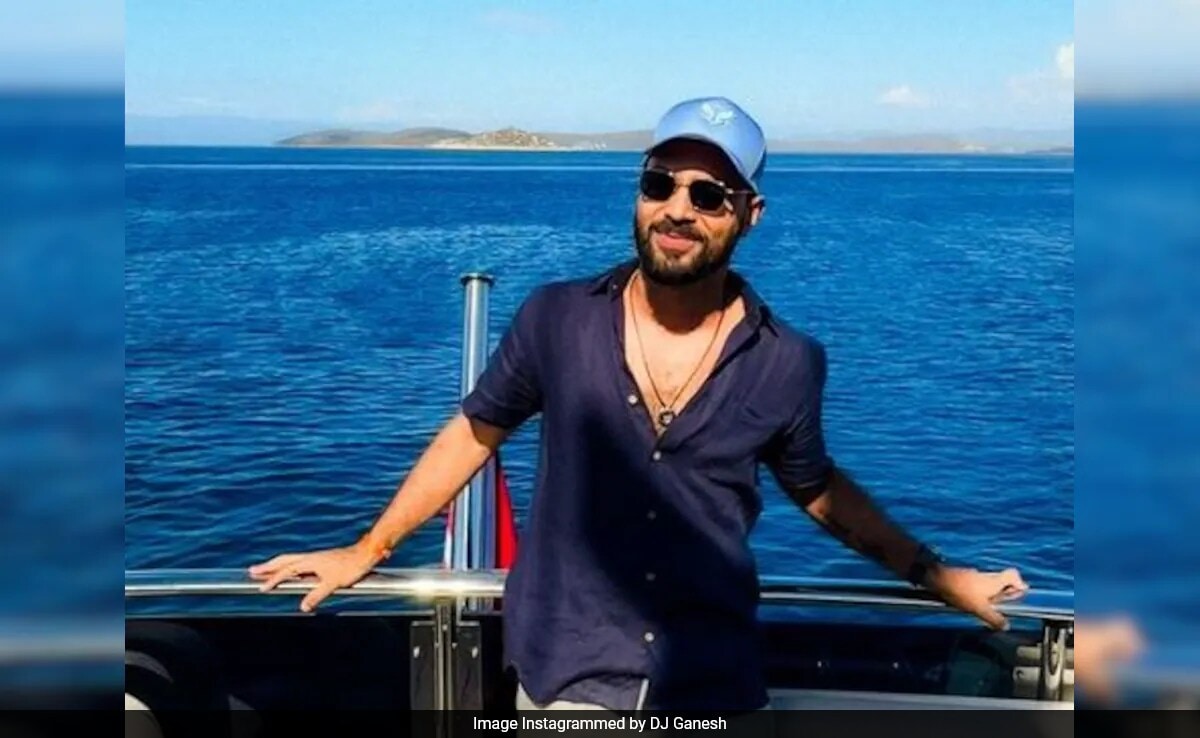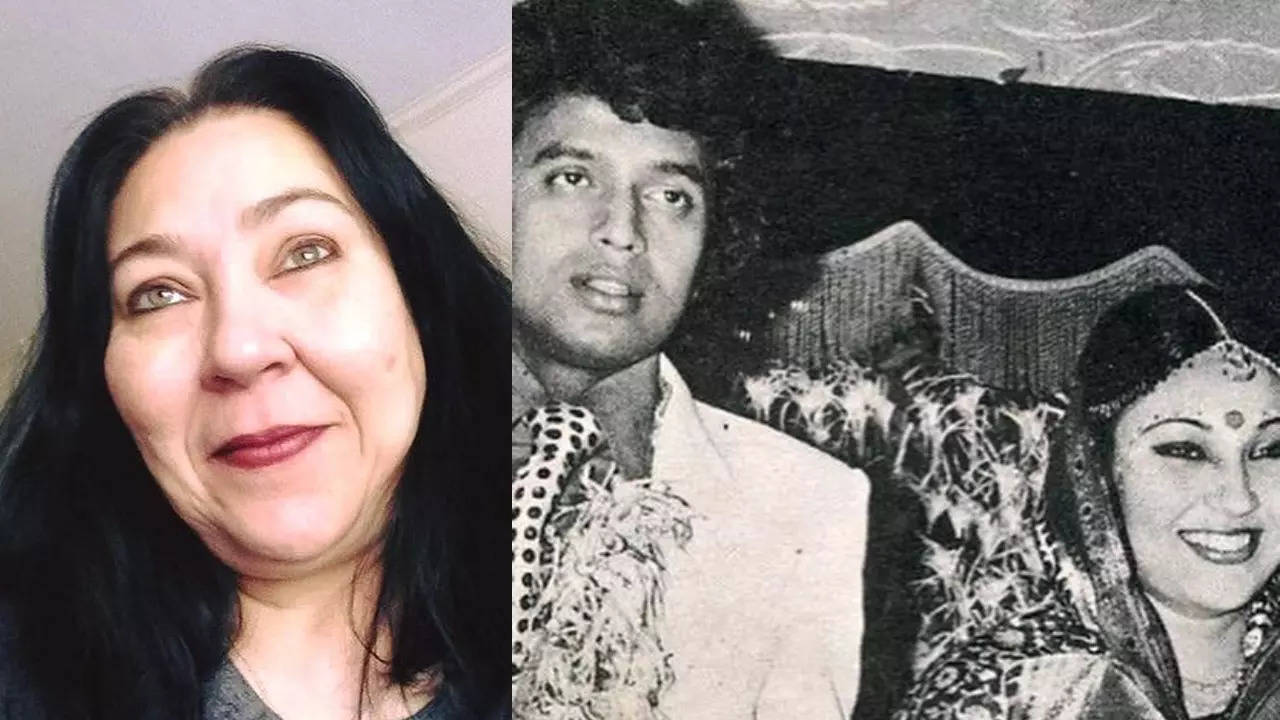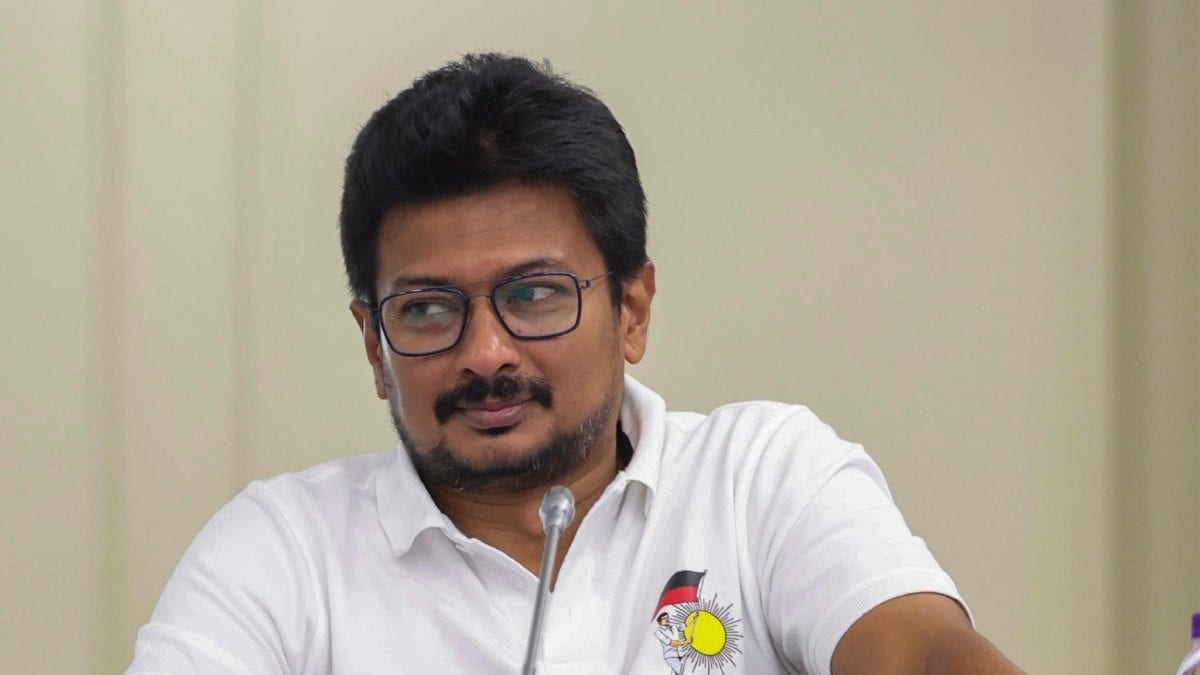You’ve probably noticed that it’s getting harder to afford to live. Americans consistently vote against any policy that might prevent our money from ending up in the pockets of the same two dozen assholes who are already richer than god, so now an estimated 78 percent of us are living paycheck to paycheck. This is, broadly speaking, why we can’t have nice things. Free, accessible, and exciting, the World Music Festival is inarguably a nice thing—in fact it’s my favorite festival of the year—but it’s under the same pressures as the rest of us. Spotify and Live Nation are siphoning off an unsustainable share of the revenue in the music ecosystem, and performers traveling to the U.S. from abroad face an even steeper climb due to increased up-front costs for visas—plus they have to withhold 30 percent of every artist fee to comply with federal tax law. Almost no international acts can afford to play here without block-booking a run of concerts. To help their chances, they often request “all-in” offers from presenters, meaning they get money to arrange their own transport and lodging instead of allowing the presenter to take care of those things. If the artist can cut corners, they get to keep more of the total. “It’s never going to be up to one presenter to determine if an artist can travel,” says one of the World Music Festival’s two lead programmers, Carlos Cuauhtémoc Tortolero at the Department of Cultural Affairs and Special Events (DCASE). “You need a great anchor offer, but without multiple partners and gigs in the tour, no one’s going to make the trek to the States.” The ecosystem of presenters is withering too. Tortolero and his partner at DCASE, David Chavez, used to work with a consortium of midwestern bookers, but now they usually have to involve a national network in order to piece together enough shows for a tour. Though Chicago’s festival has a relatively stable budget because it’s part of a city department, it often has to shoulder a bigger share of each artist’s expenses. Despite these increasing headwinds—and despite the turnover of almost one-fifth of DCASE’s staff in the past six months—this year’s World Music Festival improves over last year’s edition. Its 12 free concerts, spread over ten consecutive days, include 22 acts from abroad out of a total of 31—compare that to 19 of 35 in 2023, and consider the ingenuity and effort that took. DCASE’s days of running World Music Festival shows by the seat of their pants are over—no more setting up speakers on sticks in a park and hoping for the best. “We’re better equipped to produce these events, better staffed and supported than we were before,” Tortolero says. Unlike festivals that pack the population of a midsize suburb into a public park, charge everybody a hundred bucks or more, and surround them with competing stages, the World Music Festival is designed for listeners. “They’re being very intentional about coming to World Music Festival to see something that isn’t the norm,” says Tortolero. “There’s less and less spaces to have those experiences.” This year’s World Music Festival brings in artists from India, Brazil, Pakistan, Puerto Rico, Colombia, Cuba, Italy, Sweden, Ukraine, Guatemala, Spain, and Cape Verde. Now that national Republican leaders and their neo-Nazi buddies are openly terrorizing Haitian immigrants with lies and violence, support for these musicians—and for the many Chicagoans who share a homeland or a culture with them—has unfortunately become a political act. “It’s important to allow people to experience different cultures and to realize the beauty of the world,” Tortolero says. “I think World Music Festival reminds people in the States that the world is bigger than we realize. It’s bigger than we know, and that’s a good thing.” Philip Montoro, music editor This guide includes previews of many but not all the artists at the festival. Click on an artist or event to jump to details on that show. Click the up arrow at the end of an item to return here. Friday, September 20 Ragamala: A Celebration of Indian Classical Music Saturday, September 21 La Sonora Mazurén, DJ Lápiz & Valanze Sunday, September 22 Noor Bakhsh, Bia Ferreira Ilê Aiyê, Flagboy Giz & the Wild Tchoupitoulas Monday, September 23 La Muchacha, Vivian Garcia Tuesday, September 24 Canzoniere Grecanico Salentino, Ana Everling & Taraf de Chicago Wednesday, September 25 Fränder, Maryna Krut Thursday, September 26 Sara Curruchich, Menjunje Friday, September 27 Ana Crismán, Maracatu Atômico Saturday, September 28 Kavita Shah with the Cape Verdean Blues Project Yallah Yallah, La Tosca Sunday, September 29 La Dame Blanche, Surabhi Ensemble, Johnny Blas y Afro Libre Orquesta, Cloud Farmers Friday, September 20 Ragamala: A Celebration of Indian Classical Music Presented by DCASE in collaboration with the South Asia Institute and South Asian Classical Music Society–Chicago. Emceed by Brian Keigher from People of Rhythm Productions. This event continues into the morning of Saturday, September 21. Fri 9/20, 6 PM–8 AM, Preston Bradley Hall, Chicago Cultural Center, 78 E. Washington, third floor, all ages Each year, Ragamala renews its precious gift to the people of Chicago with a fresh lineup of contemporary masters in Indian classical music. The vibrant all-night festival has something for the devotee, the uninitiated, and everyone in between. This year’s program offers a variegated bouquet of music, balancing Hindustani (northern) and Carnatic (southern) styles, new and established performers, and conventional and novel orchestrations. From sundown to sunup, expert ensembles will sculpt the air with sitars, sarods, and bansuris, among many other traditional instruments—as well as a few unusual ones, including Saskia Rao-de Haas’s cello, which is adapted for playing seated on the floor (she performs in a trio at 7:45 PM). On a night packed with dozens of exquisite musicians, you have lots of options for allocating your time and attention—but you might choose to treat Ragamala’s three distinctive vocal performances, spread out across the 14 hours of the event, as touchstones. At 9:30 PM, Carnatic playback singer S. Mahathi lays the groundwork: she’ll perform core South Indian vocal repertory, dazzling with her command of the tradition’s agile twists and turns and with swift, volleying exchanges with her violinist collaborator V.S. Gokul. The burnished brass of Mahathi’s voice will also be framed by two contrasting percussion sounds: the round, earthy resonance of Delhi Sairam’s double-headed mridangam and the playful dancing of Anirudh Athreya’s tambourine-like kanjira. Across the duration of Ragamala, people will gather, sift out, and regather, but one thing that will stay constant is the palpable aura of camaraderie and devotion shared by the artists and the audience. Everyone beneath the Tiffany dome of the Cultural Center is a participant, there to honor sounds ranging from the most ancient (the clay-jug drum called a ghatam, played here by Giridhar Udupa, appears in the Ramayana) to the most recent (Debashish Bhattacharya devised the pushpa veena just a few years ago). Ragamala is a life-changing event, whether it’s your first or tenth time. Leslie Allison ↑ Saturday, September 21 La Sonora Mazurén, DJ Lápiz & Valanze Sat 9/21, 9 PM (doors at 8 PM), Martyrs’, 3855 N. Lincoln, 21+ Representing the proud island nation of Cuba, DJ Lápiz and Valanze bring Caribbean flavor to their blend of reggae, Afrobeats, and hip-hop. Lápiz is a musician and producer in his own right, but he’s also the lead vocalist in Valanze, and in 2021 he and the band released a collaborative 12-track album called Precisión. Sonically it’s mellow and easygoing, drawing heavily on their roots-reggae influences, but the content is urgent and powerful: their lyrics, rapped or sung, touch on the plight of Afro-Latinos, police violence, and the struggle for personal freedom. Reggae is most commonly associated with Jamaica, of course, but the islands of the Caribbean are all close enough together that it’s established a firm foothold throughout the region. The subgenre reggae en español even became the precursor to reggaeton, a vastly more popular style that’s commonly associated with Spanish-speaking countries today. Lápiz and Valanze make music that leans into the traditional sounds of reggae en español, while their vocal delivery incorporates a cadence that owes more to rap. With more than 20 years of music making under his belt, Lápiz aims to speak to the listener’s conscience and raise their spiritual vibrations—he wants to participate in the legacy of Bob Marley, Peter Tosh, Gregory Isaacs, and the other reggae greats who came before him. Alejandro Hernandez ↑ Sunday, September 22 Noor Bakhsh, Bia Ferreira Sun 9/22, 1 PM, Preston Bradley Hall, Chicago Cultural Center, 78 E. Washington, third floor, all ages Folk music is the music that folks play right now. Nothing better illustrates that truth than the eclectic mash-up of regional tradition and global pop in the music of Noor Bakhsh. Bakhsh hails from Balochistan, a large but sparsely populated province in the southwest of Pakistan. He’s 79 years old, but his international career has taken off only in the past few years. His first album, Jingul (Honiunhoni/Hive Mind), named for a type of small bird that nests in Bakhsh’s house, came out in 2022. Bia Ferreira started performing as a teenage troubadour, traveling around Brazil with just her guitar as accompaniment. In so doing, she developed her own twist on the national musical idioms. Ferreira calls her style “MMP” (música de mulher preta), which translates as “Black woman music”—a sly personal reclamation of the term “MPB” (música popular brasileira), which describes a guitar-driven, post–bossa nova genre, influenced by jazz and rock, that emerged in her country in the 1960s. Ferreira similarly looks backward and forward in her lyrics: she describes Brazil’s legacies, beautiful and horrifying alike, while asserting herself as a queer artist in defiance of stubborn prejudices. Her studio albums, 2019’s Igreja Lesbiteriana, um Chamado and 2022’s Faminta, deliver these strong proclamations couched in inviting melodies that make them feel light and joyful. (“Igreja Lesbiteriana” translates as “Lesbyterian Church.”) Ferreira’s riveting NPR Tiny Desk concert from early 2023 presents a quick cross-section of her discography to date. “A Conta Vai Chegar” (“The Bill Is Coming”) uses a funk-driven arrangement to propel Ferreira’s words about fighting 500 years of colonization. On “De Dentro do Ap,” she draws on hip-hop to question class privilege in the feminist movement. Ferreira also highlights her vocal range on “Antes de Ir,” climbing into some lovely high notes and even doing some jaunty whistling. The romantic “Levante a Bandeira do Amor” makes one of her strongest declarations: she will “raise the flag of love,” she sings, signaling that the most powerful resistance is also the most personal. Aaron Cohen ↑ Ilê Aiyê, Flagboy Giz & the Wild Tchoupitoulas In 2017, Chicago rapper Rhymefest performed at the Chicago Blues Festival with the backing band of harmonica player and blues educator Billy Branch. Flagboy Giz & the Wild Tchoupitoulas are a New Orleans equivalent of this fusion of new and old traditions. Formed in the early 1970s, the Wild Tchoupitoulas began as a Black street tribe who called themselves “Mardi Gras Indians” (aka Black masking Indians), an identity they chose to honor the Native Americans who’d helped enslaved people fleeing their captors. The Wild Tchoupitoulas became a recognizable fixture at New Orleans street parades with their toweringly gorgeous beaded-and-feathered costumes. Led by the late Big Chief Jolly (real name George Landry), they immortalized their street chants on a classic self-titled 1976 album that features members of the Meters and all four of the Neville Brothers, who were Landry’s nephews, making music as a group for the first time—The Wild Tchoupitoulas remains an essential document not only of New Orleans funk but also of New Orleans culture in general. Flagboy Giz is part of the contemporary New Orleans hip-hop scene and a flag bearer for the most recent iteration of the Wild Tchoupitoulas. He’s connected to the bounce music that’s the party sound of today’s New Orleans, but there’s also a through line that connects his rhymes to traditional Mardi Gras chants. Allen Toussaint, the singer, songwriter, pianist, and producer who contributed so much to New Orleans music, said in a 1975 interview for Creem that he hoped the city’s musical traditions would continue to resonate into the future by influencing current artists—though the traditions’ roots are very old, they’re more than just symbols of a bygone time. Flagboy Giz is proof that Toussaint’s wish can still come true. James Porter ↑ Monday, September 23 La Muchacha, Vivian Garcia Mon 9/23, 9 PM (doors at 8 PM), Empty Bottle, 1035 N. Western, 21+ ↑ Tuesday, September 24 Canzoniere Grecanico Salentino, Ana Everling & Taraf de Chicago Tue 9/24, 7 PM (doors at 6 PM), Constellation, 3111 N. Western, 18+ The folkloric Italian dance and music genre of tarantella was named in part for tarantism, a hysteria most frequently documented in the south of the country in the 16th and 17th centuries. Those afflicted became restless and excitable and engaged in a frenzied dance that they believed was the only way to prevent themselves from dying. The words “tarantism” and “tarantella” come from the name of the town of Taranto, in the heel of Italy’s boot, and not from “tarantula” (though spider bites figure into the story too). Taranto is about 45 miles west of Salento, the hometown of leftist music scholar Rina Durante, who in 1975 cofounded the ensemble Canzoniere Grecanico Salentino. The group exists to bring the traditionally loud, fast, and danceable music of this region to modern ears; it’s currently led by violinist and drummer Mauro Durante, son of late guitarist and singer Daniele Durante, Rina’s cousin and also a founding member of the band. Much of Canzoniere Grecanico Salentino’s music is a variation on pizzica tarantata, a form of tarantella specific to Salento, which means it’s meant to move the body; the lyrics tend toward progressive and activist themes, including the protection of the environment in their homeland (2015’s “No TAP,” written by Daniele, is a straight-up protest song against the building of the Trans Adriatic Pipeline). The band’s usual seven-piece lineup includes Mauro on violin, several percussionists, a lead singer, a dancer, and other folks variously playing accordion, guitar, bouzouki, Italian bagpipes, harmonica, or recorder. Together they can make a tremendous sound—when there isn’t a tall stage getting in the way, the singer and dancer are often joined by excited fans seemingly bitten by the bug. Salem Collo-Julin ↑ Wednesday, September 25 Fränder, Maryna Krut Wed 9/25, 7 PM (doors at 6:30 PM), Maurer Hall, Old Town School of Folk Music, 4544 N. Lincoln, all ages Thursday, September 26 Sara Curruchich, Menjunje Thu 9/26, 7 PM (doors at 6 PM), the Promontory, 5311 S. Lake Park Ave. W., all ages The Reader published the following piece on Sara Curruchich as a concert preview last year. The original text has been lightly edited. When Sara Curruchich made her Chicago debut at the sixth edition of the LatiNxt festival in August 2023, the melodic syllables of the Kaqchikel Mayan language rang out across Navy Pier for what might have been the very first time. Curruchich is part of a Kaqchikel Mayan community in Guatemala’s highlands, and she’s one of the first artists to compose and sing contemporary music in Kaqchikel. Friday, September 27 Ana Crismán, Maracatu Atômico Fri 9/27, 7 PM (doors at 6 PM), Rhapsody Theater, 1328 W. Morse, 21+ The roots of flamenco can be traced back to 16th-century Andalusia, when Spanish Romani people, Muslims, Jews, and other minorites fled to the mountainous rural parts of that region to escape forced conversion, deportation, or execution by the Spanish Inquisition. Flamenco eventually arose from their commingled cultures, and though it’s passed in and out of respectability over the years, it found strongholds across Europe and the Americas. To listeners centuries removed, the spirit of struggle, desperation, hope, and resistance it retains from those dark times feels passionate and romantic—which makes for an irresistibly compelling combination with its intricate percussive rhythms, plaintive melodies, dramatic dances, and vivid storytelling. Modern artists have adapted flamenco to popular styles, including jazz, rock, and pop, and Spanish musician Ana Crismán has introduced another novelty: she plays it on the harp. Born in 1983 in Jerez de la Frontera, the Andalusian municipality where flamenco was first documented in the late 18th century, Crismán grew up surrounded by flamenco music and culture. She’s widely considered the first person to compose flamenco for her instrument, and she works in many of the dozens of traditional forms, called palos, that make up the genre, among them seguiriyas, tangos, alegrías, and malagueñas. Her evocative, heartfelt songs don’t rebuild the music from the ground up—she doesn’t sound too different from a flamenco guitarist—but the relatively large number of strings on the harp allows her a broader range of tones and more flexibility in her combinations of rhythms and countermelodies. Crismán’s concert at the Rhapsody Theater should serve as an introduction to the genre for those who need one, and everyone can enjoy the chance to experience the music in this new form. Jamie Ludwig ↑ Saturday, September 28 Kavita Shah with the Cape Verdean Blues Project Sat 9/28, 3 PM (doors at 2:30 PM), Hamilton Park Cultural Center, 513 W. 72nd St., all ages Vocalist Kavita Shah encountered all sorts of music growing up as the daughter of Indian immigrants in New York City and singing in a children’s choir. But she gravitated toward towering divas such as Billie Holiday—women who matched their masterful artistry with powerful charisma. Small wonder, then, that Shah would later be mesmerized by Cesária Évora. Dubbed the Queen of Morna for her command of the melancholy genre (as closely associated with the Cape Verde islands of West Africa as the tango is with Argentina), Évora became a global music sensation in the 1990s, when she was already in her 50s. She earned her fame with a captivating, lived-in voice and an irreverent performance style—she often appeared barefoot with whiskey and cigarettes at hand. Yallah Yallah, La Tosca Sat 9/28, 9:30 PM (doors at 9 PM), Chop Shop, 2033 W. North, 21+ Yallah Yallah hail from New York City, and their music feels like taking a walk across the cultural landscape of Queens from one end to the other—with some west-coast surf-rock guitar thrown in. Segev Harosh (mandolin, electric guitar) and Amit Peled (bouzouki, electric guitar) celebrate the drum-machine pop that swept the Middle East in the 1980s, creating their songs using instruments and traditions with roots in Palestine, Morocco, South Asia, and elsewhere. But their music isn’t a narrow re-creation of a style—you can also hear qawwali in the percussion and Bollywood in the riffs, plus bits of surfy 2010s indie rock reminiscent of Surf Curse and the Strokes. (Peled also plays in self-described “Mediterranean surf” trio Habbina Habbina, who list among their influences Umm Kulthum, Farid al-Atrash, TLC, Blondie, and Link Wray.) Yallah Yallah are a dance band, and it’s baked into their name: in Arabic, “yallah” can mean something like “Let’s go!” But despite the duo’s insistence on celebration, a tinge of sadness characterizes the Middle Eastern pop to which they pay homage, a feeling that springs in part from Arabic peoples’ history of dispossession in Palestine. As Sufi scholar Inayat Khan wrote in The Mysticism of Sound and Music: “The heart finds a joy in feeling, in sorrow. It feels that it is used, and in that there is a happiness.” Peled and Harosh are still evolving this relatively new project: they’ve begun to fill out their lineup, with Micha Gilad adding synth bass and keyboards and guest percussionists augmenting the electronic beats. They’re also in the process of recording music that they hope to release this fall. “Silas Kline” ↑ Sunday, September 29 La Dame Blanche, Surabhi Ensemble, Johnny Blas y Afro Libre Orquesta, Cloud Farmers The Global Peace Party is hosted by Sonal Aggarwal. Sun 9/29, 2–8 PM, Navy Pier Beer Garden, 600 E. Grand, all ages The Reader published the following piece on La Dame Blanche in its guide to the 2022 World Music Festival. She released Atómica, her fifth studio album, in December 2023. Flutist, singer, and percussionist Yaite Ramos Rodriguez, aka La Dame Blanche, was born in 1979 into a musical family in Pinar del Río, the westernmost province of Cuba; her father, Jesus “Aguaje” Ramos, is a trombonist and musical director of the Orquesta Buena Vista Social Club, and her uncle Mayito Rivera spent more than two decades as the front man for legendary Cuban band Los Van Van. She began conservatory training in classical flute at age eight, then relocated to Paris in the late 90s. After making her mark as backup singer with French-Spanish punk raggamuffin band Sergent Garcia, she began developing her own musical persona as La Dame Blanche. Ramos Rodriguez’s stage name is meant to evoke a fearsome yet benevolent mythical figure—a witch, sorcerer, and healer—as well as to reflect her beliefs as a practitioner of Santería (an Afro-Cuban spiritual system with roots in Yoruban beliefs). Her tunes inject traditional sounds—notably batá drums, used in many religious ceremonies—into a compelling, ultra-danceable fusion of styles from across the African diaspora, including rumba, reggae, dancehall, cumbia, and moombahton. Masterfully backed by French sound engineer and beat maker Marc “Babylotion” Damblé, La Dame Blanche spits fierce feminist calls to power and pride in the face of sexist violence, her rhythmic flow marked by flavorful Cuban slang; she also punctuates her vocals with dramatic flute lines that reflect the Latin-jazz grooves she explored at Havana’s Escuela Nacional de Arte de Cuba. La Dame Blanche’s buoyantly creative performances feel as if they map out the road from rumba to rap. Catalina Maria Johnson ↑ La Dame Blanche’s 2023 album Atómica
Subscribe
Login
0 Comments
